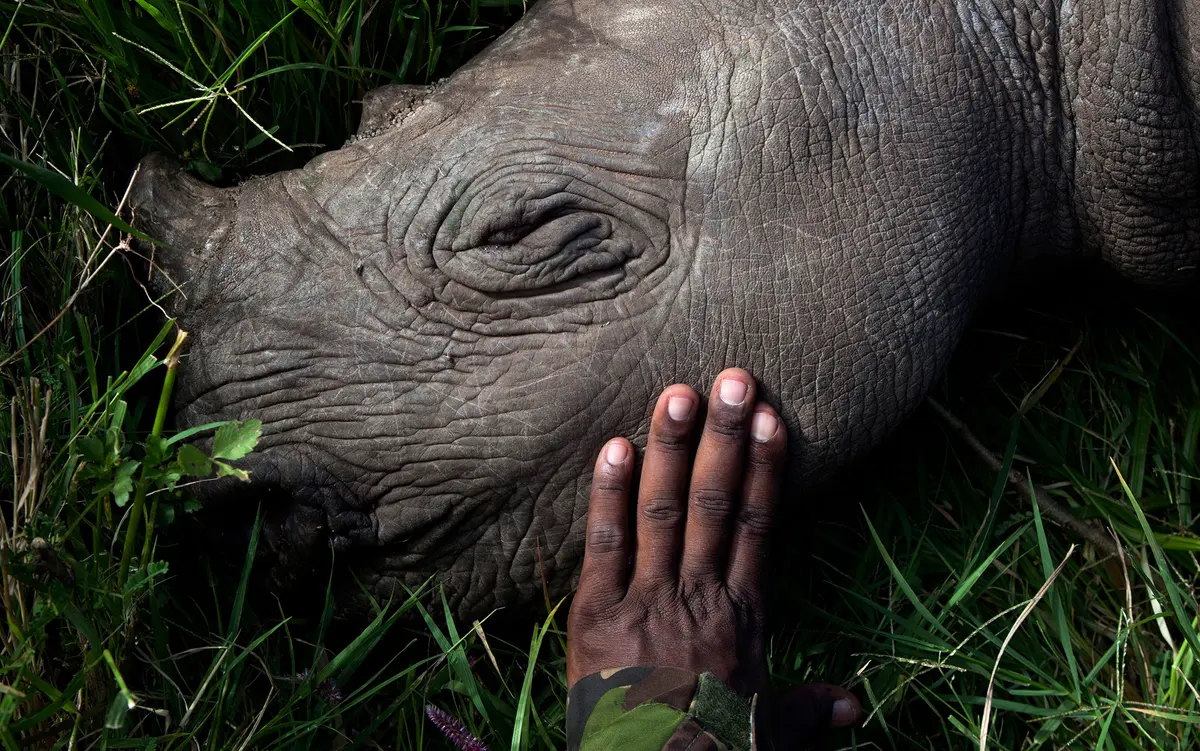
In the heart of Africa’s wildest savannahs, beneath the towering trees of tropical rainforests, and across the vast plains of the Serengeti, nature is being pushed to its breaking point. The world’s most beloved animal species, many of which we travel across continents to see, are now facing an unseen enemy: climate change. And while its effects are felt everywhere, it’s in the wild places that we hold closest to our hearts where the crisis is most urgent.
As we marvel at the majestic elephants of Amboseli National Park, the graceful cheetahs running across the Maasai Mara, or the flamingos wading along the shores of Lake Nakuru, we cannot ignore the fact that these animals—and the very ecosystems they call home—are under threat like never before. Every year, as temperatures rise and rain patterns shift, the delicate balance of the planet’s ecosystems is disturbed. The result is nothing short of catastrophic for our wildlife.
The Destruction of Habitats: The Silent Battle Animals Face
In Kenya, climate change is causing droughts to be more frequent and severe, leaving once-thriving wetlands and rivers running dry. The savannahs, which were once lush and full of life, are becoming barren. Mountains like Kilimanjaro, the symbol of Amboseli National Park, are losing their iconic ice caps at a rapid rate, changing the very landscape that once sustained the park’s extraordinary wildlife.
As temperatures soar, habitats that elephants, lions, and rhinos have roamed for centuries are disappearing. And it’s not just the dry seasons that are getting longer. Heavy rains, when they do arrive, are coming in unpredictable bursts, flooding areas and wiping out both animal and plant life that is crucial for survival. The Maasai Mara, known for its breathtaking Great Migration, is also feeling the pressure as the grasses that sustain millions of migratory animals become less reliable. Without the grasses, the wildebeest, zebras, and gazelles cannot complete their journey, and predators like lions, cheetahs, and leopards face hunger and even starvation.
Animal Adaptation: A Struggle Against the Clock
Some animals are adapting. Giraffes, for example, are traveling longer distances to find food, but even their long necks and remarkable stamina can only take them so far. Elephants, which need vast amounts of water, are now competing for scarce resources. Wildlife corridors—pathways animals use to migrate from one area to another—are being cut off by encroaching farmland or human settlements. Many species, particularly the Big Five, are forced to retreat into smaller, isolated pockets of land, struggling to find enough food and water to sustain their populations.
Sadly, some species may not be able to adapt quickly enough. The polar bear, the orangutan, and the black rhino are just a few examples of animals that have already been pushed to the brink. Kenya’s rhinos, for instance, are not just under threat from poaching; they are increasingly vulnerable to climate-induced droughts, which deplete their food and water sources, and affect their reproductive cycles.
Conservation Efforts: A Ray of Hope in the Darkness
Despite the severity of the crisis, there is hope. Conservationists, environmentalists, and local communities are working tirelessly to preserve what we still have. Kenya’s national parks and reserves, like Masai Mara, Amboseli, and Tsavo, are stepping up their efforts to adapt to the changing climate by creating waterholes, protecting migration corridors, and engaging in rehabilitation projects for ecosystems that have been damaged by climate change.
Organisations are now more focused on restoring landscapes and improving water management systems to help preserve the biodiversity that makes Kenya one of the most important wildlife havens in the world. But the fight is far from over. Governments, NGOs, and local communities are all working together to adapt to a world that is changing at an alarming rate. But for these efforts to succeed, we need the support of those who care deeply about preserving our planet’s wildlife and ecosystems.
What You Can Do: Be Part of the Solution
You might be wondering, “What can I do to help?” The answer is simpler than you think. By choosing to visit places like the Maasai Mara, Amboseli, and Samburu, you are directly contributing to the conservation efforts that are vital for protecting Kenya’s unique wildlife. Your tourism dollars support wildlife reserves, sustainable practices, and the local communities that depend on wildlife for their livelihoods.
You have the power to ensure these iconic species survive—not just for future generations, but for the world as a whole. You can become part of the solution simply by visiting these incredible places and supporting responsible tourism.
Every safari you book helps protect these sacred lands and their inhabitants. When you take a Maasai Mara safari, you’re not just experiencing a bucket-list adventure—you’re investing in the future of the elephants, rhinos, lions, and countless other species that need our help to survive.
Your Next Adventure Can Make a Difference
We invite you to be a part of something greater. Join us on a life-changing safari to Kenya’s iconic parks. As you sit in awe of lions hunting under a golden sunset, watch elephants bathing in Amboseli’s wetlands, or gaze upon the endless herds of wildebeest in Masai Mara, know that you are directly contributing to the protection of these majestic creatures.
Kenya’s wildlife needs you now more than ever. Book your safari today and embark on a journey that not only fills your heart with awe but also helps protect the very animals you’ve come to admire.
🌍 Ready to Make a Difference?
👉 Book Your Safari to Kenya Now!
Your adventure starts today, and the future of Kenya’s wildlife depends on travelers like you. Be the change.
Leave a Reply